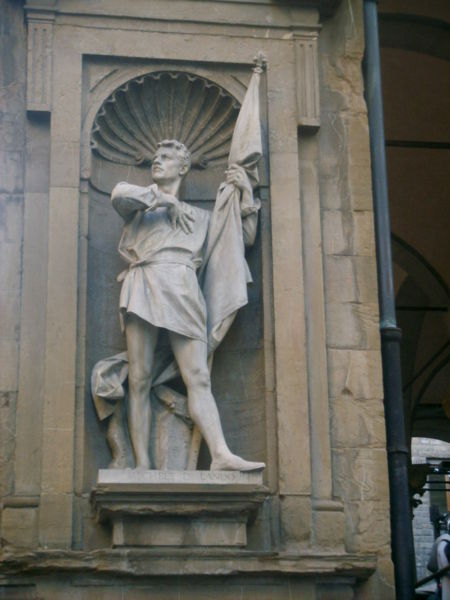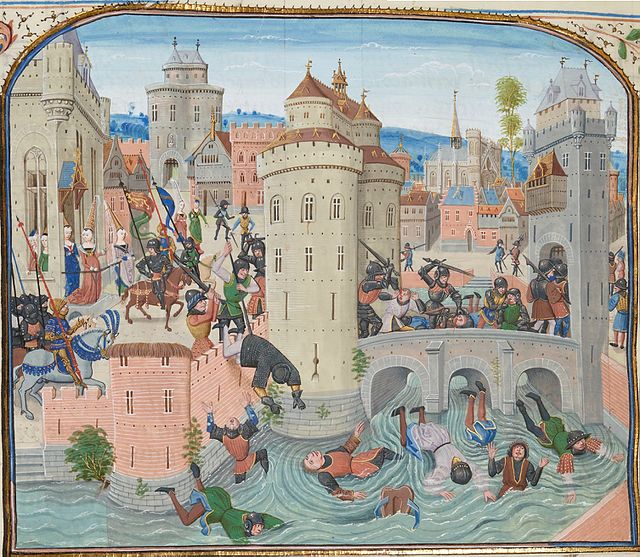The Irmandiño revolts were two revolts that took place in the 15th-century Kingdom of Galicia against attempts by the regional nobility to maintain their rights over the peasantry and bourgeoisie. The revolts were also part of the larger phenomenon of popular revolts in late medieval Europe caused by the general economic and demographic crises in Europe during the 14th and 15th centuries. Similar rebellions broke out in the Hispanic Kingdoms, including the War of the Remences in Catalonia and the foráneo revolts in the Balearic Islands.
Castle of Sandiás, destroyed by the Irmandiños in 1467
Popular revolts in late medieval Europe
Popular revolts in late medieval Europe were uprisings and rebellions by peasants in the countryside, or the burgess in towns, against nobles, abbots and kings during the upheavals between 1300 and 1500, part of a larger "Crisis of the Late Middle Ages". Although sometimes known as Peasant Revolts, the phenomenon of popular uprisings was of broad scope and not just restricted to peasants. In Central Europe and the Balkan region, these rebellions expressed, and helped cause, a political and social disunity paving the way for the expansion of the Ottoman Empire.
Richard II of England meets the rebels of the Peasants' Revolt
Michele di Lando, placed in the office of gonfaloniere of Florence by the revolt of the Guild-less Ciompi
Defeat of the Jacquerie




